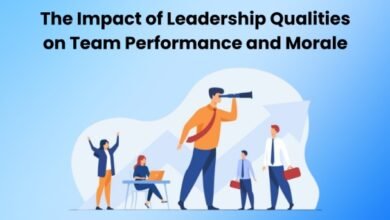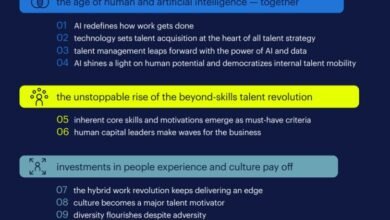From Benchmarking to Guidance: A New Paradigm for Setting Priorities and Delivering Results

Source | www.rbl.net | NORM SMALLWOOD | DAVE ULRICH | ALAN TODD
Key Takeaways:
- Traditionally, benchmarking has served as the primary way for organizations to diagnose and prioritize initiatives.
- The Organization Guidance System (OGS) utilizes technology and data to move beyond benchmarking into a more predictive way to handle initiatives.
- OGS has all of the benefits of benchmarking and it also provides guidance about what we should do.
ruly innovative ideas disrupt our thinking and how we do business. The Organization Guidance System (OGS), a new technology platform, co-sponsored by The RBL Group and CorpU is such a disruption. It goes beyond benchmarking the best practices of other companies as the primary way to improve organization and people practices to technology-enabled guidance to tell us which initiatives will have the most impact on our business results.
This is both exciting and scary. It’s scary because most of us have grown up with benchmarking as the primary way to diagnose and prioritize initiatives. Benchmarking is a consulting company and professional expert orthodoxy. It’s hard to imagine a shift away from large databases filled with benchmarks—comparative information about what companies, industries, and geographies are doing in specific practices to another option. It’s also exciting because it opens up options for impact that go well beyond benchmarking. It is an enormous shift and, if you are willing to adopt, provides a huge advantage to you as a professional in human capital. The advantage is that it enables you to focus on what drives results vs. copying what others are doing that might impact your results.
Benchmarking Best Practices: Comparing ourselves to others for Insights
Think of all of the initiatives you have underway today—improving efficiencies, increasing agility, shifting to digital, improving leadership development, and so on. When we benchmark, we choose one of these practices of interest and compare ourselves to other companies to find “best practices.” For example, we can benchmark the leaders in our organization to leaders in other companies. At RBL, we have conducted leadership audits for the last twenty years and provided benchmark data to our clients, see example:
| Leadership Capability | A How well we do it? (1 low to 10 high) |
B Global Norms (percentile) |
|---|---|---|
|
1.
Clarify business case for leadership: We have a clear business rationale for why leadership matters for business success.
|
6 | 55% |
|
2.
Define what effective leaders know and do: We have a definitive leadership competency model that defines the knowledge, skills, and behaviors of leaders that will deliver strategy (leadership profile, standards, expectations).
|
4 | 30% |
|
3.
Assess leaders: We have a rigorous assessment of the quality of individual leaders and of our overall leadership group (leadership pipeline).
|
8 | 90% |
|
4.
Invest in leaders: We appropriately invest in ways to develop leaders throughout the organization through training, development experiences, non-work experiences, coaching, and so forth (individual development plan, leadership academy, career development).
|
5 | 40% |
|
5.
Measure impact of leaders: We make sure we measure the impact of leaders’ personal competencies and leadership organization investments on key outcomes that matter to monitor leadership impact (Moneyball).
|
4 | 60% |
|
6.
Ensure reputation: We make sure that leadership reputation shows up with internal (employee) and external (customer, investor, community) stakeholders (intangibles, leadership capital index).
|
8 | 90% |
The leadership audit has 6 components based on our best-selling book—Leadership Brand: 1. Business case for leadership; 2. Define what effective leaders know and do; and so on. Column A shows the average score for those filling out the survey in our organization. Column B shows how our scores compare to the global norm in each of the 6 components. Based on our benchmark data there are two options for finding insights and then taking action. Either we fix weaknesses or we build on our strengths.






